Weird news stories
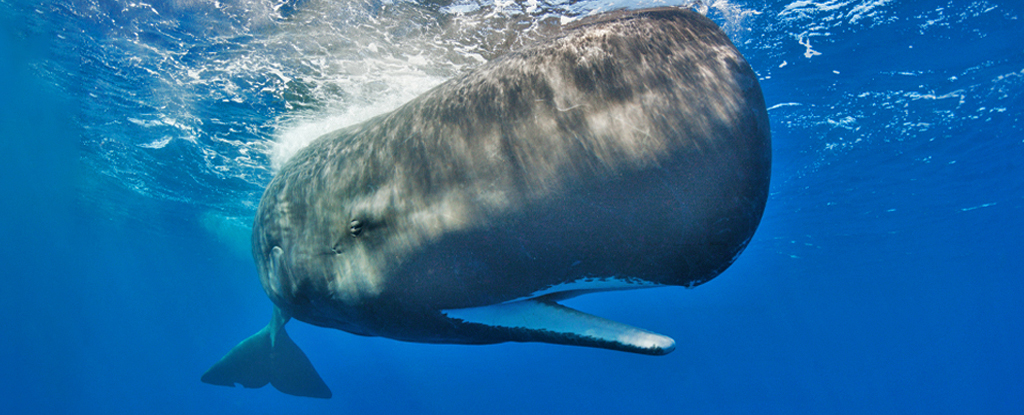
A recent analysis of a sperm whale’s vocalizations suggests variations in ‘clicks’ represent a kind of alphabet that forms the basis of a complex communication system. This research was published in Nature Communications.

For the first time in nearly a century, physicists have identified a brand new type of magnetic material. Physicists have reported a new class of magnetic materials called altermagnets, which could lead to new technologies such as faster, more efficient computer hard drives.
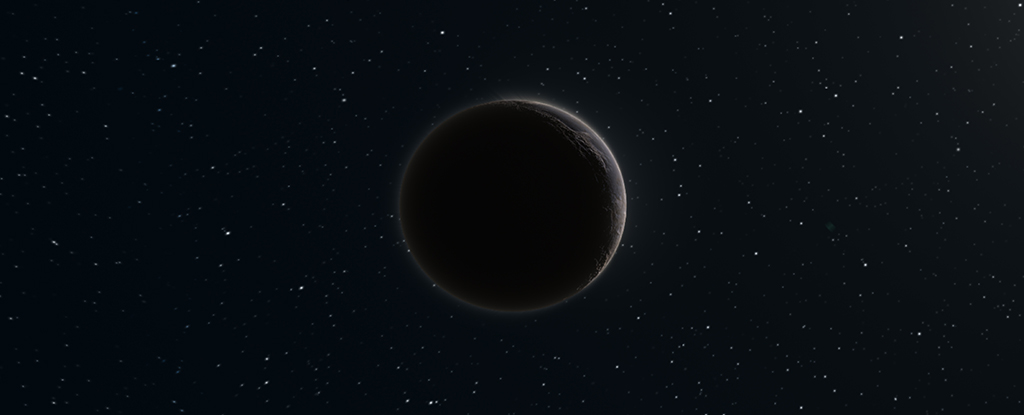
The hunt for the elusive Planet Nine goes on, and new research claims to have the “strongest statistical evidence yet” that there is such a planet orbiting somewhere around the far edges of the Solar System.

From house plants and gardens to fields and forests, green is the color we most associate with surface life on Earth…But an Earth-like planet orbiting another star might look very different, potentially covered by bacteria that receive little or no visible light or oxygen…Instead of green, many such bacteria on Earth contain purple pigments…Cornell scientists report in new research.
New research published in Nature Ecology & Evolution examines the rate at which new species of hominin emerged over 5 million years. This speciation in our lineage, they found, is unlike almost anything else.
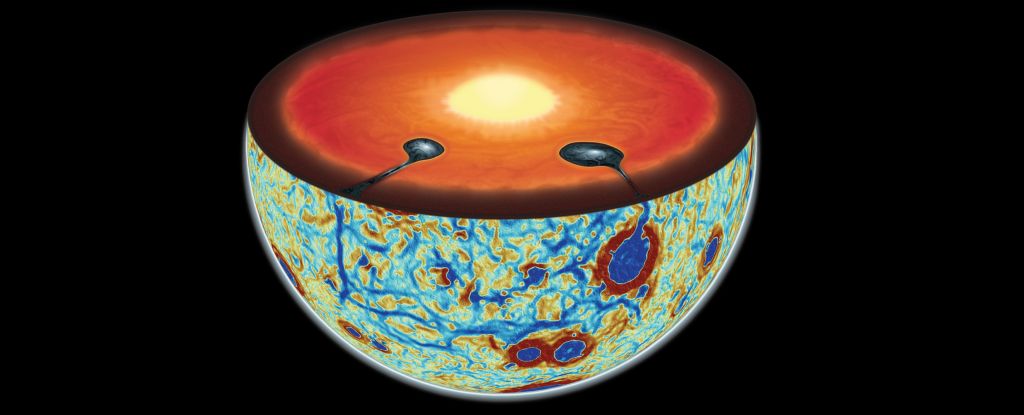
The Moon is a great whackin’ oddball in the sky, and scientists may have just figured out part of the reason why. Its surface is chemically asymmetrical, and new evidence suggests that’s because the Moon’s mantle flipped topsy-turvy upside-down when the Moon was only young. What was on top of Earth’s satellite went underneath; what was below came out into the light.

New research into the dying brain suggests the line between life and death may be less distinct than previously thought.

Some physicists have long suspected that mysterious ‘ghost’ particles in the world around us could greatly advance our understanding of the true nature of the Universe.
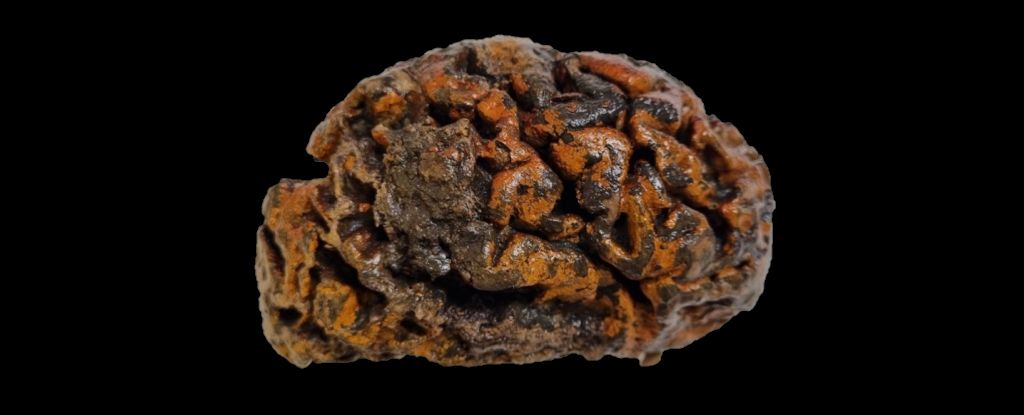
A new study has cataloged human brains that have been found on the archaeological record around the world and discovered that this remarkable organ resists decomposition far more than we thought – even when the rest of the body’s soft tissues have completely melted away.
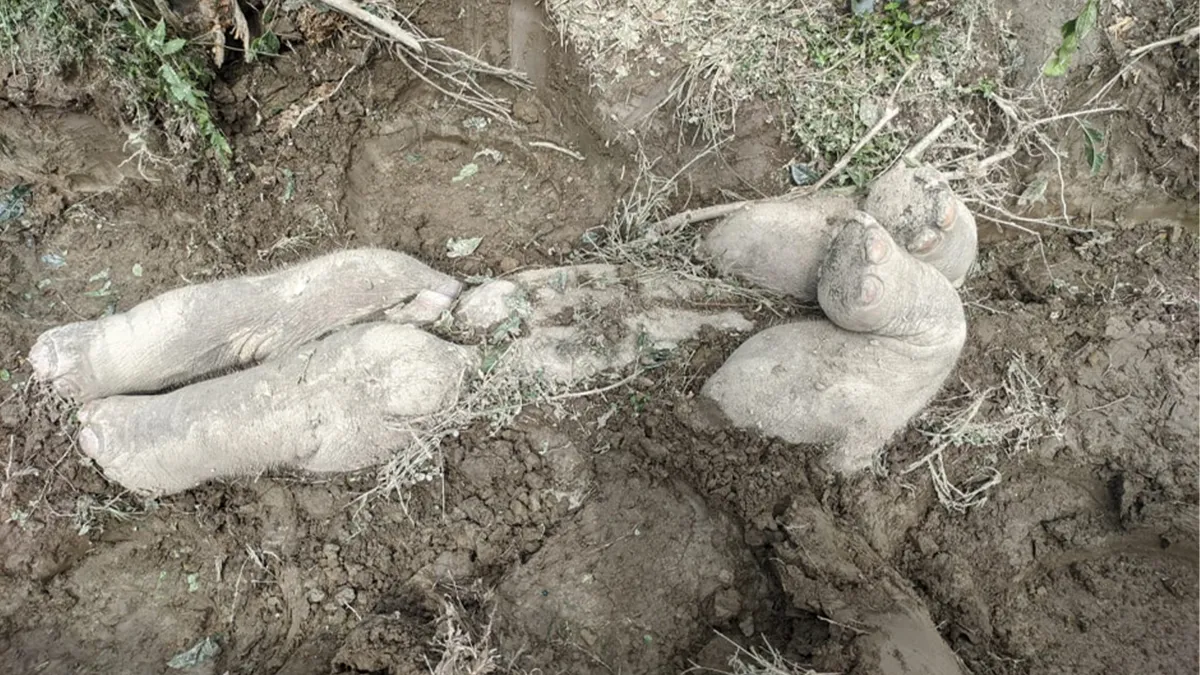
Asian elephants bury their calves with their legs poking out of the ground, researchers have observed. The calves were 1 year old or less and were transported to premade burials of sorts — irrigation drains on tea estates in India — by herd members, before being placed in holes and covered in soil. See the study here.

Late last year, astronomers discovered a fascinating star system only 100 light-years away from us. Its six sub-Neptune planets circle very close to their host star in mathematically perfect orbits, piquing the interest of scientists searching for alien technology or technosignatures, which they argue would offer compelling evidence of advanced life beyond Earth.
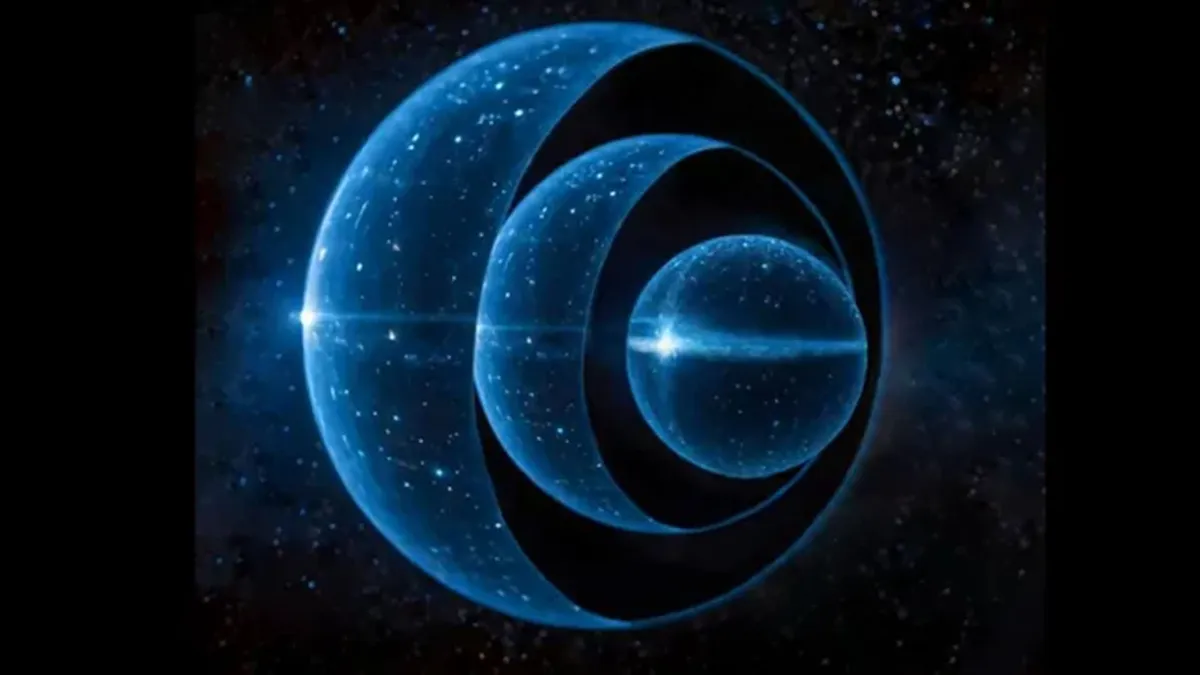
A new solution to Albert Einstein’s theory of general relativity suggests hypothetical gravitational stars that look like black holes could be nested within one another.
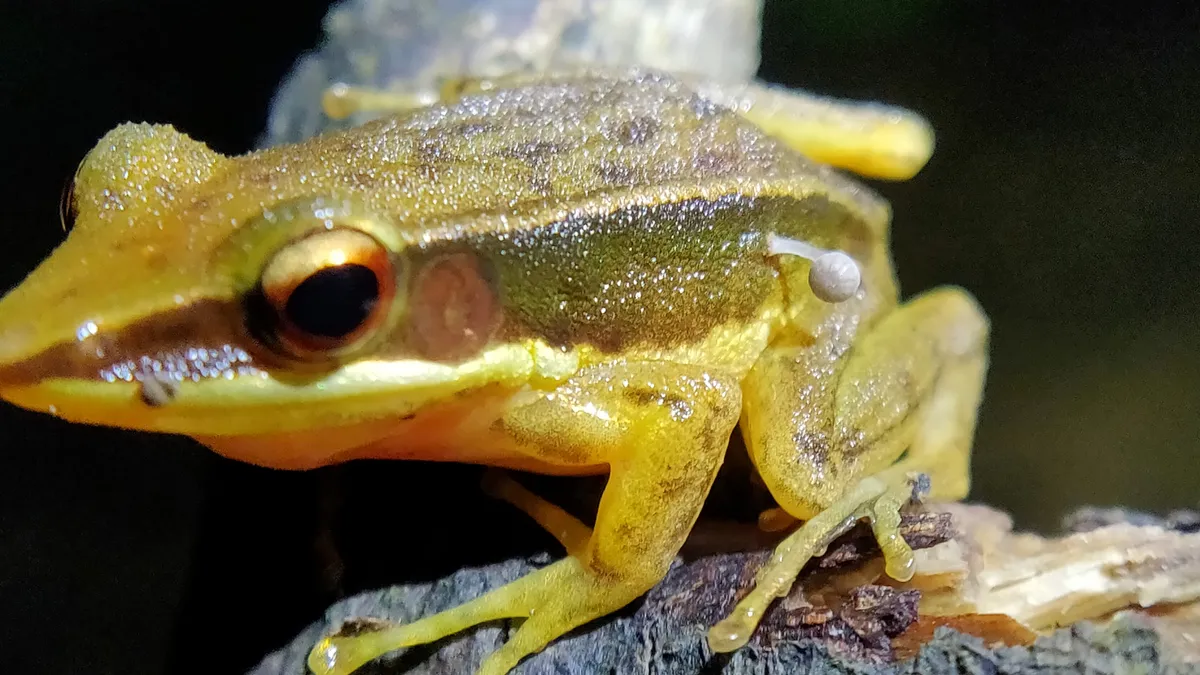
First ever documented evidence of a fungus, suspected to be a Mycena species, growing on the body of a seemingly healthy frog
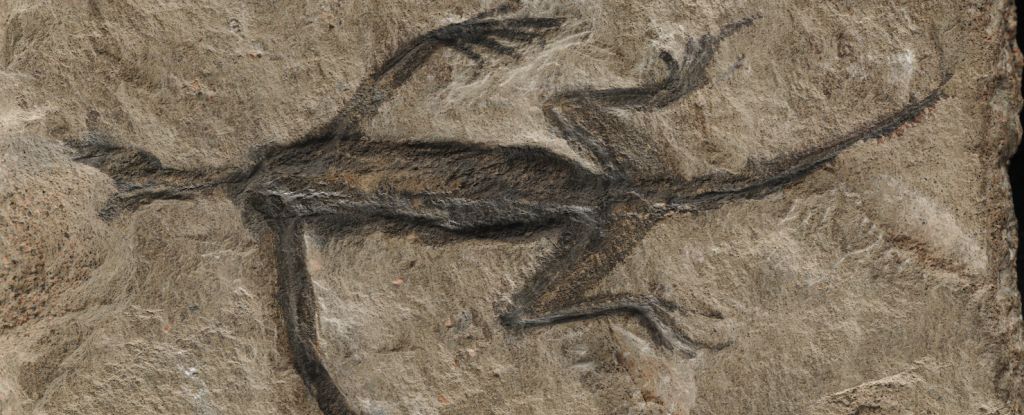
It’s called Tridentinosaurus antiquus, excavated in 1931, and considered a truly remarkable find. Dating to 280 million years ago, before the dinosaurs, it was thought to represent one of the oldest lizard fossils ever found…Well, now we know why we’ve never found another fossil like it: that soft tissue, according to a new, painstaking analysis, is not soft tissue at all. It’s paint. The research has been published in Palaeontology.

Scientists have uncovered a never-before-seen class of virus-like entities hiding in the human gut and mouth, and these “viroids” may influence the gene activity within the human microbiome, Science reported.









